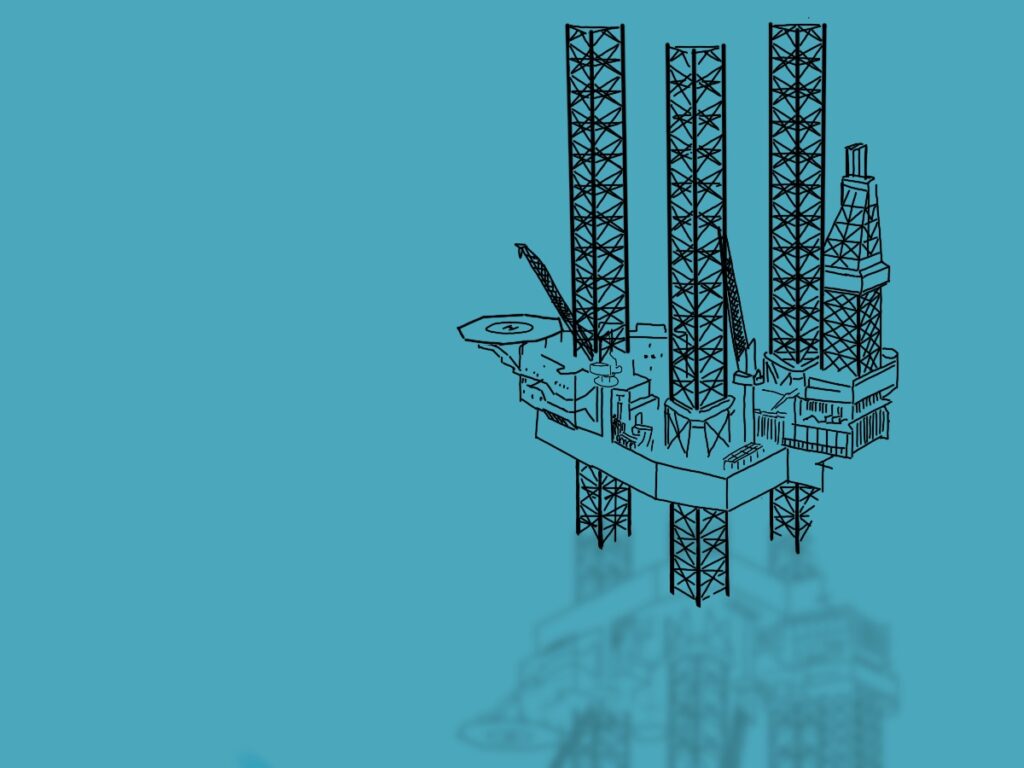
History of freshwater production
Problem with water in the ocean? Sounds a little bit strange. However, in former times this was a really serious problem. At sailing ships, was no chance to produce fresh water. Water has to be taken in barrels onboard. Rainwater has to be collected at sea during the passage. Simple techniques of destination were in use in the 17th century, but they were not efficient. . In the 19th century Norbert Rillieux, inventor of multiple-effect vacuum evaporator make a real breakdown. His work inspires another inventor Alexander Chaplin, to build the first water distillation machine for marine use.
The first revolution in freshwater production systems
The water distiller build by Alexander Chaplin was a very simple device. They applied heat to convert seawater into vapor. During vapor, clean water is removed from the rest and then condensed to create distilled water. Old type or original water was built by the pump to deliver water, a heater to create vapor from seawater and coil with cooling which condenses water. A general rule of working does not change during the past 2 centuries. Below you can see a simple schema of marine use water evaporator.

The device is built from 3 basic elements and 2 physics reactions. Heat coil which evaporates seawater. Demister wich to catch salt residues from brine and condenser coil which cool clean vapor and condense water.
Old freshwater production systems with updated solutions.
We are now 2 centuries ahead, anyway You can still found on board the vessels exactly the same technic to produce a technical and drinking water. So how does work modern type of water distillers? Freshwater generator systems are built onboard every vessel. Of course, not all are based on the evaporation rule of working, but this solution is still very popular. Freshwater is used by crew and also by other important machinery as cooling freshwater. For example, diesel engines or generators are cooled by this water. The fire protection systems are also using freshwater. When we achieve a level of autonomous ships, freshwater will be still very important onboard. How looks the modern system, how is it build, and how it works?

Heat water is delivered to the evaporator from the diesel engine cooling water system. Cooling water after passing engine gets warm and we use this temperature to heat evaporator. The hot water pump circulates water to keep a stable temperature. But, this water has around 60-70 degrees. You know from physics, water will evaporate at 100 degrees under atmospheric pressure. So we need to create a vacuum inside the chamber. Now water can evaporate, filter through demister and condense. To cool down vapor is used again in seawater. The same water is used to deliver seawater to the chamber. After this operation is done, we have onboard ready distillate water which can be delivered for tanks or to other systems. This is a quite complex system that uses other systems. From the seawater cooling system, we use water as input and cooling for condenser and we do precool of freshwater, from the freshwater cooling system.
Conclusion
Water in such conditions is perfect for cooling and use as technical water. To obtain regulation for use by people, water needs to be treated first. We take freshwater from the water tank and send it through UV lamps. UV lamps are making disinfection of water by killing bacterias. After lamps water goes through mineralizers, which mineralizes water to a lever that is acceptable for people. Now You know the way how drinking water is produced onboard! But this is not the only method… more about this, in the next week’s article, already available here!

Cool!